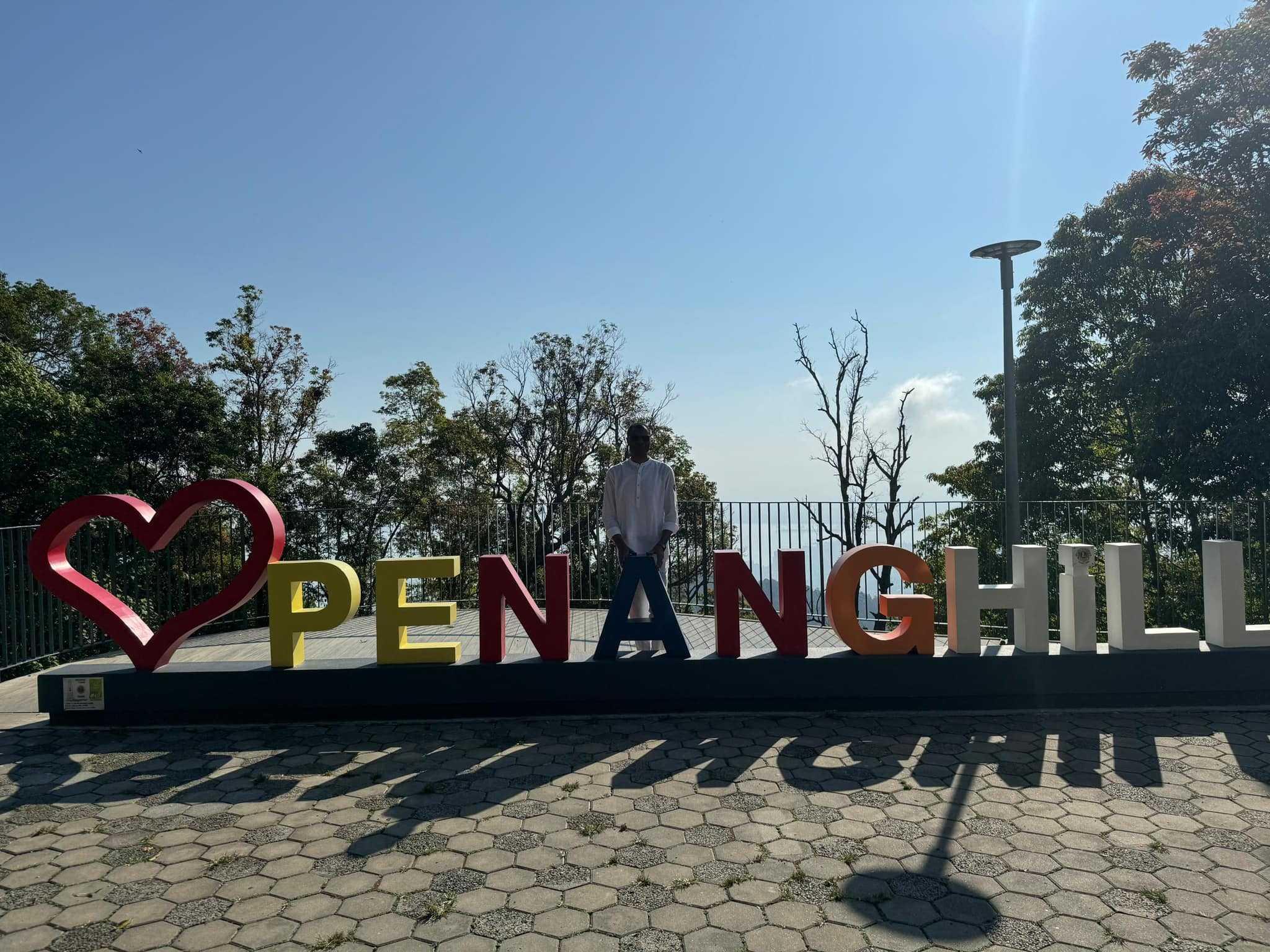Amazon jungle ravaged by most June fires since 2007
Fires in the Amazon are overwhelmingly man-made, with natural blazes extremely rare.
Just In
Brazil recorded the most fires in the Amazon rainforest in 14 years for the month of June, government data showed on Thursday.
The news comes amid worries that an extreme drought in many parts of the region could fuel more devastating fires in months to come, reports Reuters.
Brazil’s national space research agency Inpe recorded over 2,000 hot spots in the Brazilian Amazon in June, a nearly 3% rise over the same month a year ago, when fires reached a 13-year high.
While the number of fires in June only amount to a fraction of those seen at the peak of the dry season in August and September, environmental advocates fear it’s a sign of worse to come.
“With a high number of fires already at the start of the summer, when there is naturally a decline in rains in the Amazon, this number will likely rise,” Greenpeace Brasil said in a statement.
Scientists warn that dry weather along the Amazon’s “arc of deforestation” and in the Pantanal wetlands, the world’s largest tropical wetland and flooded grasslands area, could drive a worse fire season.
Hydroelectric plants across the country have reported the lowest water inflows in 91 years amid intense drought, according to the mines and energy ministry.
Fires in the Amazon are overwhelmingly man-made, with natural blazes extremely rare.
Loggers illegally cut down valuable trees and then land-grabbers set fires to clear the space for cattle. Dry weather means those fires often run out of control.
President Jair Bolsonaro earlier this week banned most outdoor fires in the country for 120 days as a precaution and deployed the military to protect the region from fires and deforestation.
Those policy moves repeat steps taken in 2019 and 2020 that failed to lower deforestation and fires.
For the full year of 2020, fires in the Amazon reached a four-year high, while deforestation hit a 12-year high, according to Inpe.
Nasa’s Earth Observatory noted that last year “large numbers of deforestation-related fires burned in the Amazon rainforest, while uncontrolled wildfires blazed in savanna and grassland ecosystems in central Brazil, Bolivia, and Paraguay”.
“Fire activity was up significantly in 2020. All types of fires contributed to the increase, including deforestation fires and understory fires, the most environmentally destructive types,” said Douglas Morton, chief of the Biospheric Sciences Laboratory at Nasa’s Goddard Space Flight Center.
Understory fires are low-intensity fires that cover large areas. Deliberate understory burns are used to reduce fuel loads on the forest floor in order to minimise the risk of devastating canopy fires, but most are accidental.
“In the southern Brazilian Amazon, deforestation fire activity increased by 23% from 2019 to 2020, and active fire detections from understory fires were 60% higher than in 2019,” said Morton.
Subscribe to our newsletter
To be updated with all the latest news and analyses daily.


